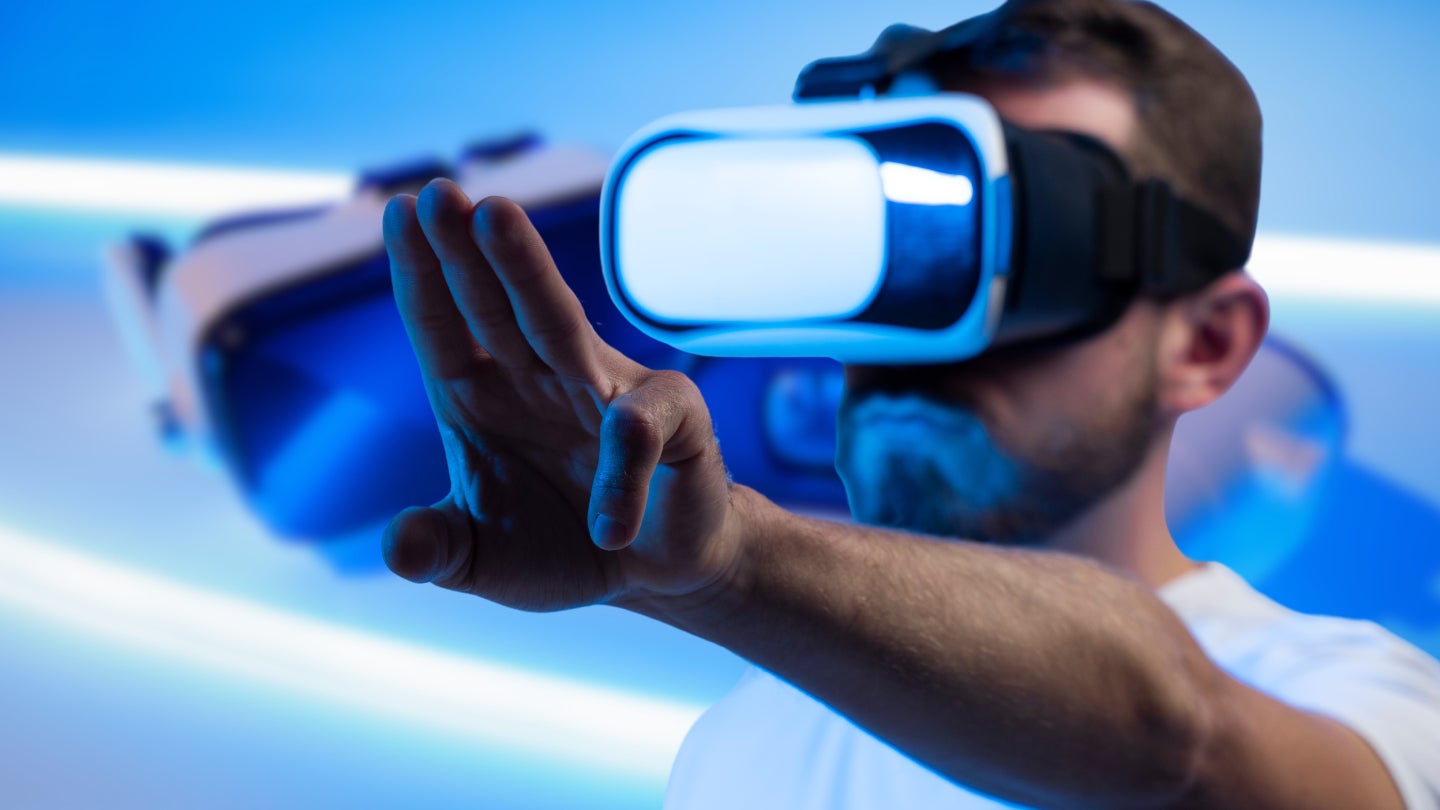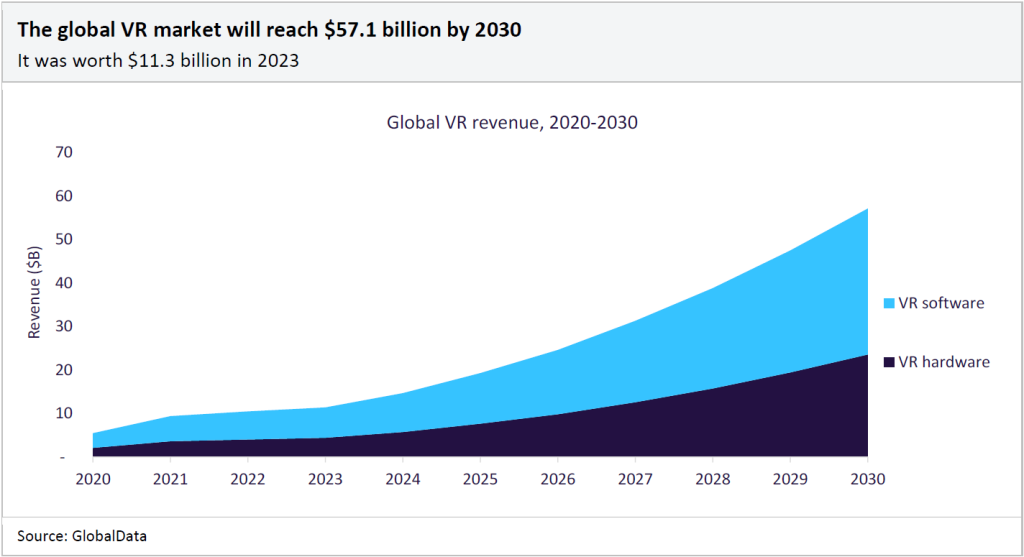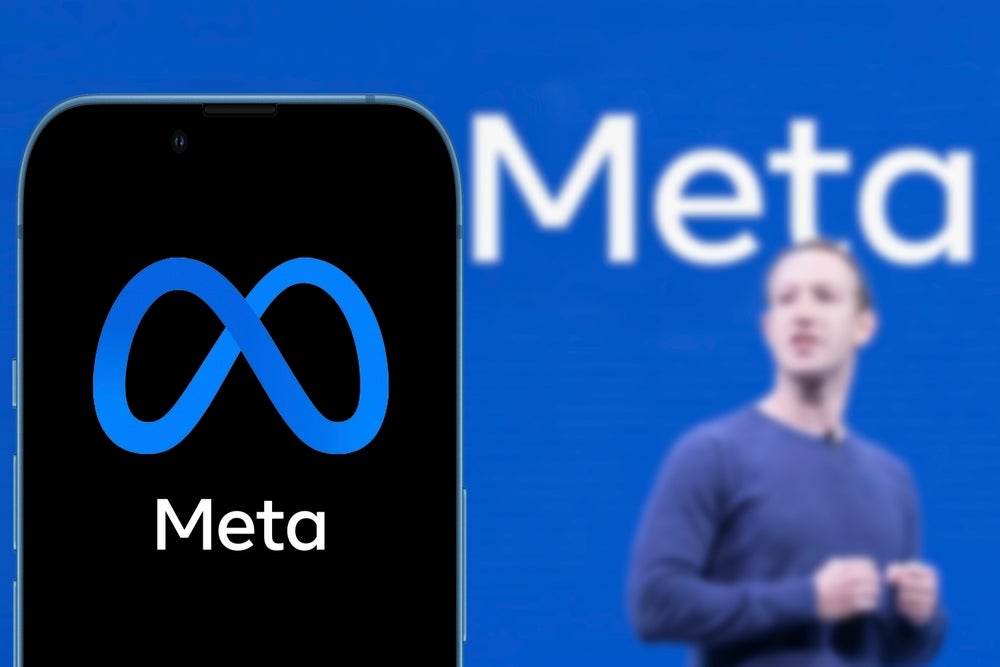
Gaming remains the primary driver for virtual reality (VR) in the consumer market, but there is still no killer VR app to ensure mainstream appeal, according to a new report.
The 2024 edition of GlobalData’s Virtual Reality report says that, while headsets are improving, there is still a dearth of compelling VR content, meaning the technology remains a niche product in the consumer electronics sector. It suggests that VR makers need to expand their content ecosystems to include compelling games, films, education, and live events to attract and retain customers for long periods.

Access deeper industry intelligence
Experience unmatched clarity with a single platform that combines unique data, AI, and human expertise.
Despite remaining a niche technology – or perhaps more a technology with a number of niches – VR had seen its market grow to a value of $11bn by 2023, and it is expected to grow at a compound annual rate of 26% between then and 2030, taking it to value of $57bn.

In addition to the consumer sector, the technology’s continued strong growth will be driven by enterprise and education adoption.
“VR mimics a safe and immersive space for training and prototyping,” the report explains. “The Covid-19 pandemic increased demand for remote collaboration, and this has persisted post-pandemic. VR is used to help guide technicians through complex repairs on machinery and infrastructure, with step-by-step guidance and highlighted components in the VR environment for ease of understanding. Enterprises are also exploring VR’s ability to create highly realistic virtual prototypes for testing and user feedback before physical production begins.”
Despite these use cases, VR is being increasingly challenged in the enterprise space by augmented reality (AR), the report notes. This is because AR, which overlays virtual items onto the real world without disconnecting the user from reality, is more convenient, comfortable and cheaper by virtue of being accessible on smartphones and smart glasses as well as headsets. VR, meanwhile, has limited use cases, a relatively high cost and can cause discomfort and nausea for users.

US Tariffs are shifting - will you react or anticipate?
Don’t let policy changes catch you off guard. Stay proactive with real-time data and expert analysis.
By GlobalDataThe immersive virtual worlds that VR is able to create, however, can make it well-suited for supporting learning.
The report explains: “With VR, students can visit the ocean floor, explore foreign lands, or even travel to outer space without leaving the classroom. The technology goes beyond written descriptions or illustrations, allowing students to explore subjects and see how things fit together. As a result, VR can enhance students’ understanding and help improve their recall of important information.”
Nonetheless, it suggests that widespread adoption in education is unlikely until VR makers address issues such as nausea, eye strain and cost – with headsets typically costing between $200 and $1,000.
GlobalData’s report summarises: “VR has the potential to be a useful tool in various industries, but vendors must overcome barriers of cost, health concerns and content development if the technology is to achieve mainstream acceptance.”








